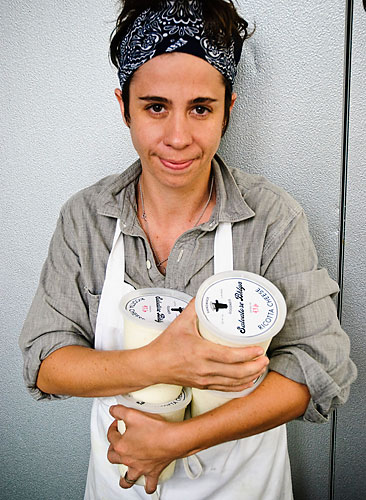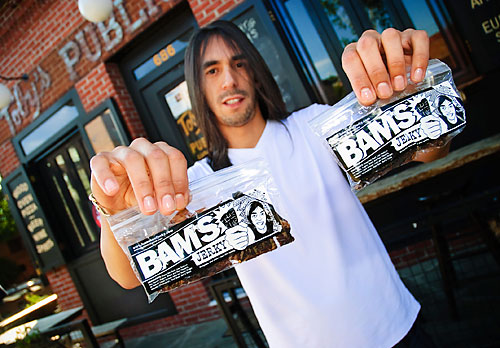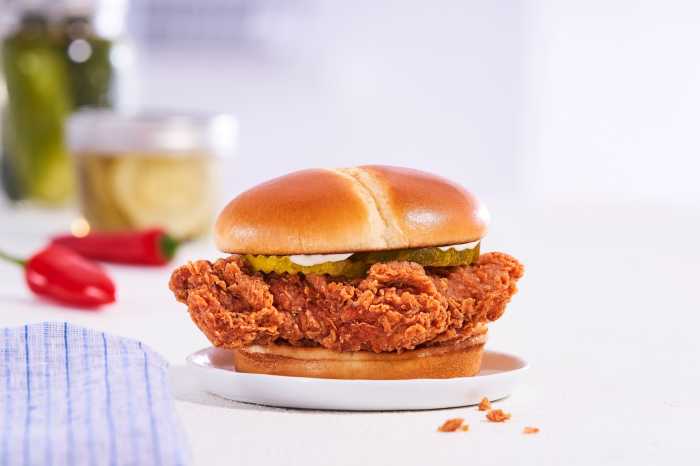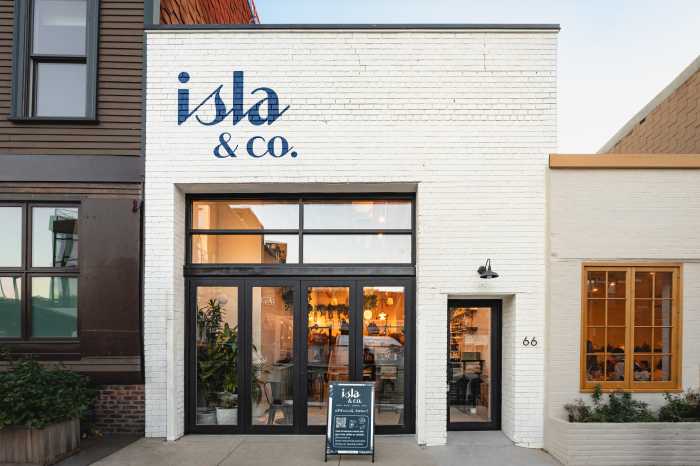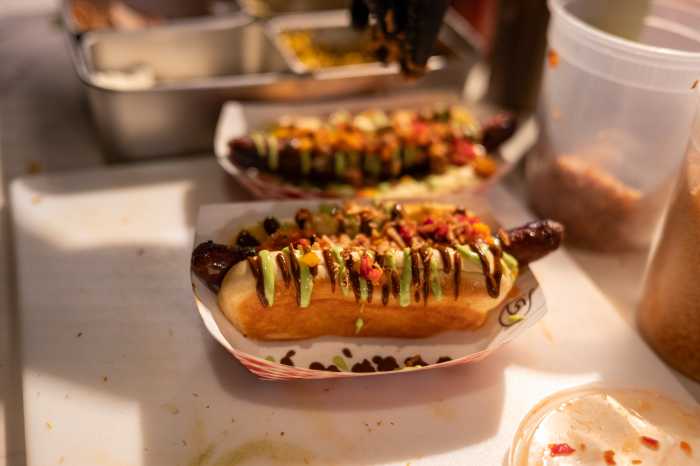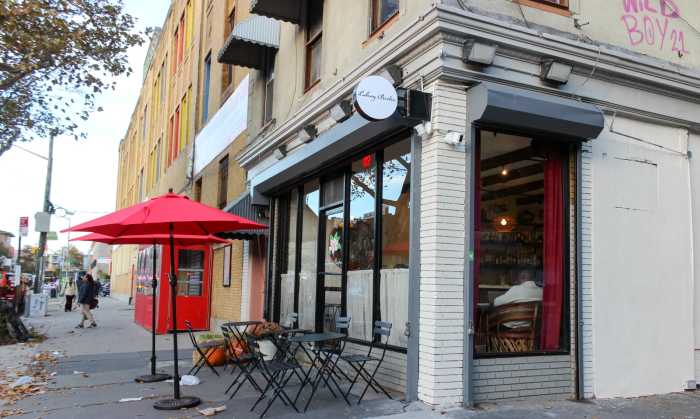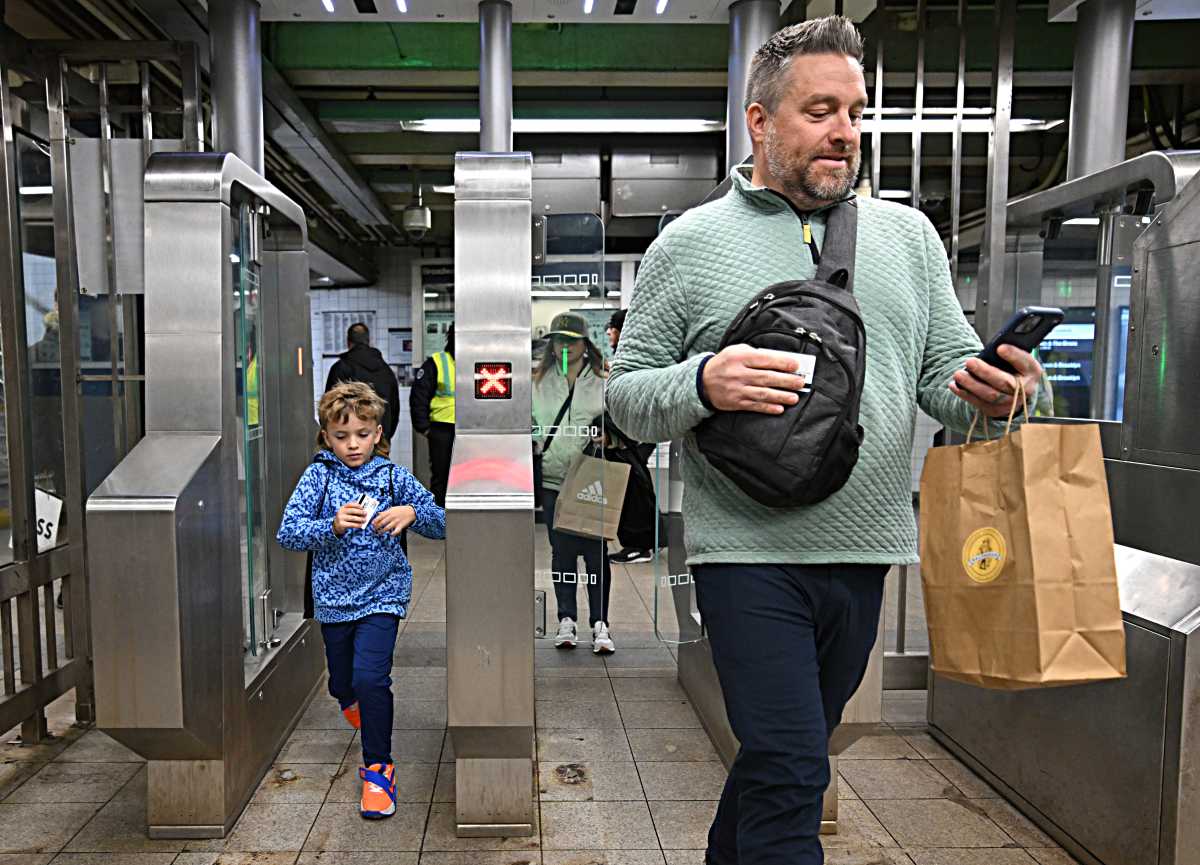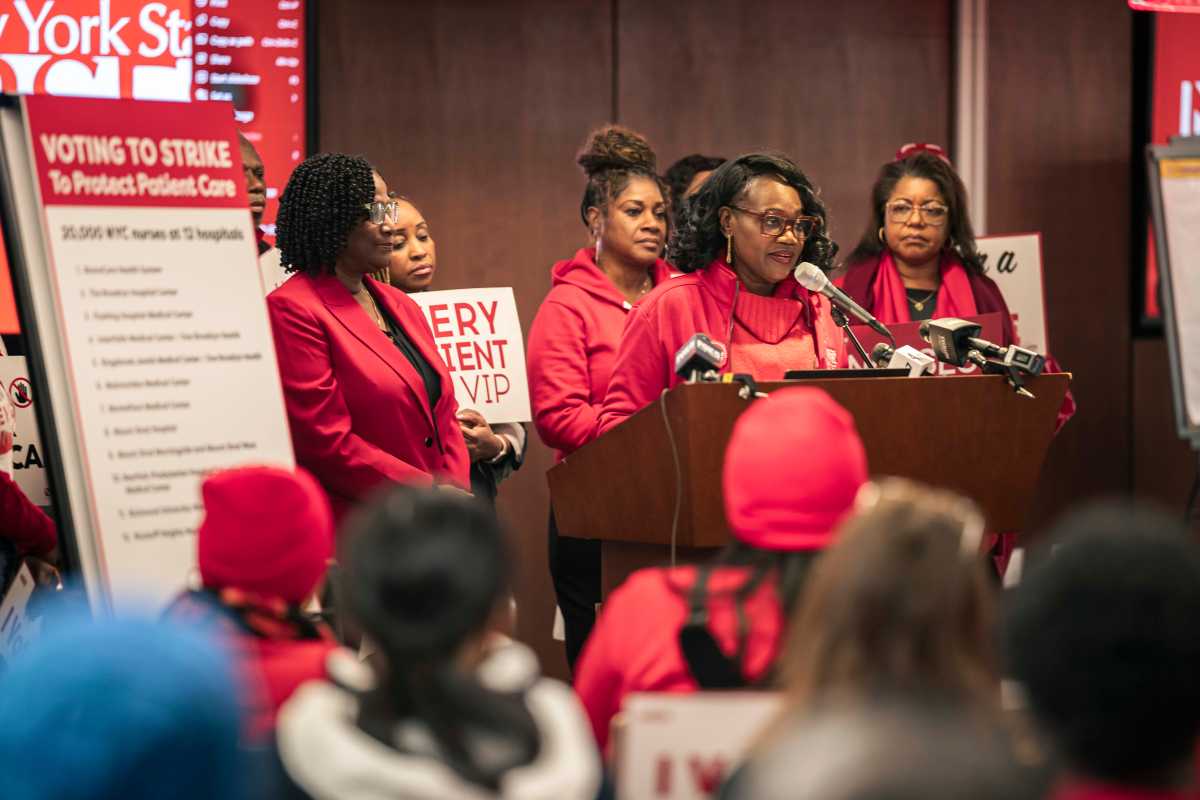Commercial kitchens are expensive, but making food out of your apartment isn’t exactly legal or sustainable. So what’s a fledging food maker to do?
Urban sharecropping.
Three years ago, Betsy Devine first began making ricotta for herself and friends for dinner parties after an inspiring trip to Italy. It grew as a small side business just as she began working as the sous chef at Lunetta in Cobble Hill. With a city-certified kitchen within reach, she worked out a deal so that when she wasn’t working, she could use their space to make her cheese.
Her arrangement with Lunetta was urban sharecropping at its finest: for the use of the kitchen at night and during the morning before they opened for business, Devine would work shifts, or give a portion of her product — fresh, whole milk ricotta — to the restaurant as needed.
The resources available to her there — a walk-in refrigerator, large stock pots, and even basics like electricity and gas — played no small part in getting her cheese business, Salvatore Bklyn, off the ground.
“Financially speaking, it was a huge boon. The very little money that I was making in the beginning was going back into the project. Any sort of overhead would have made it impossible,” said Devine, who has since moved on to her own facility in Clinton Hill as her list of clients — which includes Marlow & Daughters in Williamsburg, Stinky Bklyn in Cobble Hill, and Blue Apron in Park Slope — has steadily grown. “I had no idea what I was doing for a long time, too. It allowed me that space to learn and grow and figure it out.”
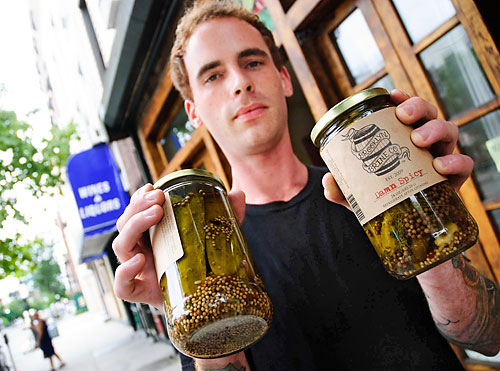
Specialty producers across Brooklyn who provide grub at destinations like the Brooklyn Flea and the shelves of Marlow & Daughters can speak to the same. Up in Greenpoint, My Friend’s Mustard works out of the kitchen in the back of The Palace, which allows her a space to make and store her mustard, as well as pay rents that are cheaper than a rent-by-the-hour kitchen. In the South Slope, Matthew Tilden of SCRATCHbread, used the 700-degree oven at Toby’s Public House when it wasn’t in use to get his bread business off the ground, and he has since graduated to a place of his own in Bedford-Stuyvesant.
In his place remains Bam Romero, a bartender at the alehouse by night. But by day, Romero is a beef jerky maker, using Toby’s kitchen and equipment to make his salty snack, which brings people from all over the city and as far away as New Jersey to the bar. Talk about a win-win.
Not all work space situations can be ideal — when he first started his pickle company a little over a year ago, Shamus Jones Brooklyn Brine would use the kitchen at Greenpoint’s Brooklyn Label for free once they closed up for the night, and then go to work full time during the day as a chef at a vegetarian restaurant. He next moved on to Lamb & Jaffe, where he paid rent that was less steep than a commercial space, but still had limited access to the workspace.
With his pickle business booming — Jones recently inked a deal with the tri-state area Whole Foods and Dean & Deluca nationwide — sharing space with a restaurant just wasn’t cutting it any more. And a few weeks ago, he moved into a facility in Gowanus built by the owners of Boerum Hill delicatessen Mile End, which is one of 10 local accounts for Brooklyn Brine.
Without the initial leg up from Brooklyn Label and Lamb & Jeffe, Jones is confident he wouldn’t be where he is today.
“This is all just building a company from scratch and being willing to work from anywhere, in any condition, too,” said Jones. “If you have an idea, and are willing to put in the time, that’s the beauty of Brooklyn. Where there’s a will, there’s a way.”
